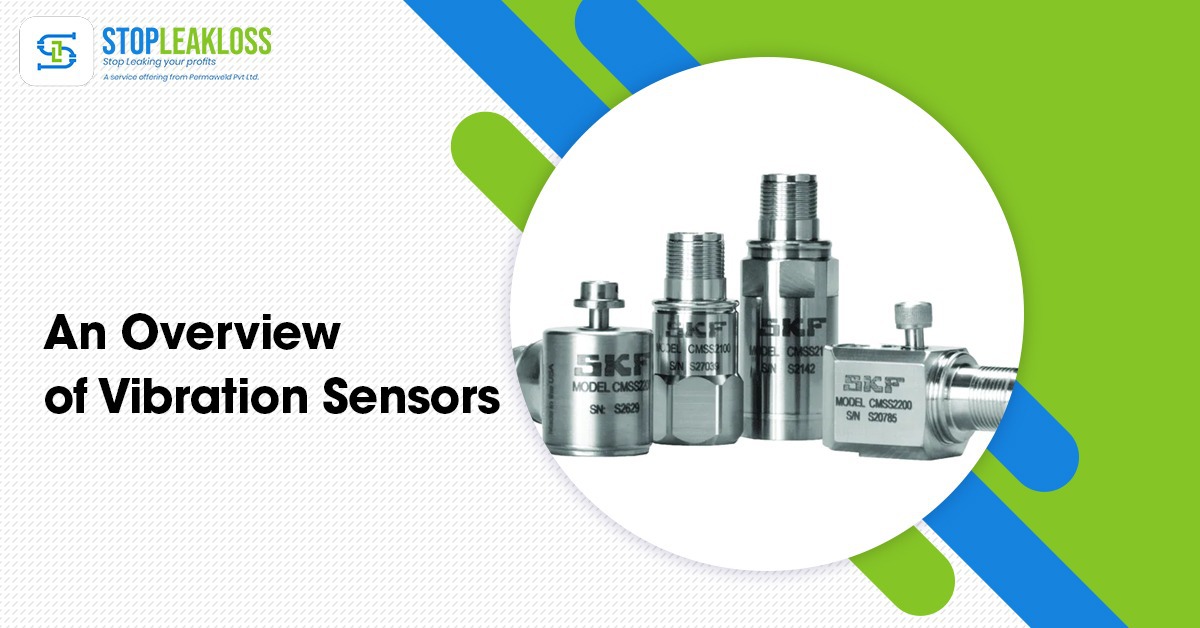
An Overview of Vibration Sensors
What is a vibration sensor?
Vibration sensors is a device that detects and monitors the quantity and frequency of vibration in a system, machine, or piece of equipment. These metrics can be used to detect imbalances or other problems in the asset and anticipate future failures.
Why do you need to monitor vibrations?
Monitoring vibrations may assist any firm that employs heavy equipment regularly. The following are some of the benefits of doing so:
Understand causes of damage
When a piece of equipment begins to exhibit indications of wear, vibration analysis can assist in determining the primary reason (RCA). In addition, monitoring vibrations within the asset allows you to pinpoint the cause of the vibrations and associated damage.
Monitor repair needs
While vibration monitoring with vibration sensors
can aid in RCA, it shines brightest when employed in predictive maintenance. When linked to a CMMS or equivalent system, vibration data may be tracked in real-time. When you find dangerously high levels of vibration reflected in the data, you’ll know it’s time to fix the linked asset.
Keep an overall health check on equipment.
Vibration sensors, especially vibration sensors, are widely used in condition monitoring. You can see how crucial assets are doing during specified periods by monitoring vibration data from them. For example, if you’re actively adjusting your system to process new materials, vibration monitoring can assist you in determining whether certain pieces of equipment can manage it without excessive damage.
How do vibration sensors work?
Vibration sensors either connect to an asset directly or monitor it wirelessly. Once installed, it will detect vibrations from the asset using a variety of methods, depending on the type of vibration sensors (more on that below). You will receive two sorts of data from the device over time:
Frequency
The frequency, or how frequently the vibration happens, is the first category of data. Next, you’ll be able to discover underlying causes by recording when vibration spikes occur in a certain item.
Intensity
The strength of the vibration when it happens is the second piece of information you’ll receive. Again, the greater the intensity values, the more vibration there is from a piece of equipment. As these two forms of data are acquired, your CMMS will enter them into the asset’s history, which may be utilised as a point of comparison. As problems occur, they will be reflected in the data, and your system will be able to forecast future failures and malfunctions by comparing current data to prior trends.
Five types of vibration sensors
Vibration sensors come in a variety of shapes and sizes. Each of the following has its use in an industrial context.
- Strain Gauges
A strain gauge is a form of vibration sensor that is a foil placed directly to the machine’s surface being monitored. An electrically conductive grid is embedded in the foil. When the grid is stretched or squeezed, such as when a piece of equipment vibrates, the electrical resistance of the grid changes. Thus, an electric current travelling through the grid will take more or less time to pass through based on the grid’s resistance variations.
These data may be used to calculate an object’s vibration depending on how much the material is “straining.” Unfortunately, strain gauges must be completely attached to the surface to function effectively, which means installation can be time-consuming.
- Accelerometers
Accelerometers, by far the most popular form of vibration sensor, monitor variations in the velocity of a particular component. When an accelerometer is coupled to equipment, any vibration will reflect a change in velocity, causing the accelerometer to output an electrical signal. This signal is then processed to provide vibration data.
The most popular form of the accelerometer is a piezoelectric accelerometer, which produces a strong, clear signal at most frequencies. However, piezoresistive accelerometers are becoming increasingly common due to their superior performance at high and low frequencies. The disadvantage is that they are up to five times the price of piezoelectric sensors.
- Eddy-Currents
An Eddy-Current sensor is a non-contact sensor that generates magnetic fields to measure the relative movement of a given item. For example, if the sensor is fixed and the item vibrates, the magnetic field will detect the movement. Capacitive displacement sensors function similarly to magnetic displacement sensors but with high electric fields instead of magnetic fields.
Because Eddy-Current sensors monitor relative movement (relative to the sensor’s location), they must be anchored in situ. Because they do not need to touch the object, they are perfect for sensitive assets or settings.
- Laser displacement
Laser displacement sensors, like Eddy-Current sensors, are non-contact sensors that employ a laser beam with triangulation instead of magnetic fields and electric currents. The beam is directed at the asset and reflected back into a receiving element through a receiving lens. Any changes in the object’s location cause the beam to strike a new receiving element section.
- Gyroscopes
A gyroscope is a type of contact sensor that detects angular velocity, or the rate at which something turns or rotates. They do this through MEMS (microelectromechanical systems) technology, which enables precise measurements of how many degrees an item spins every second. Gyroscopes aren’t usually utilised on their own in vibration monitoring. Instead, they are used to complement the data from an accelerometer with orientation data.



